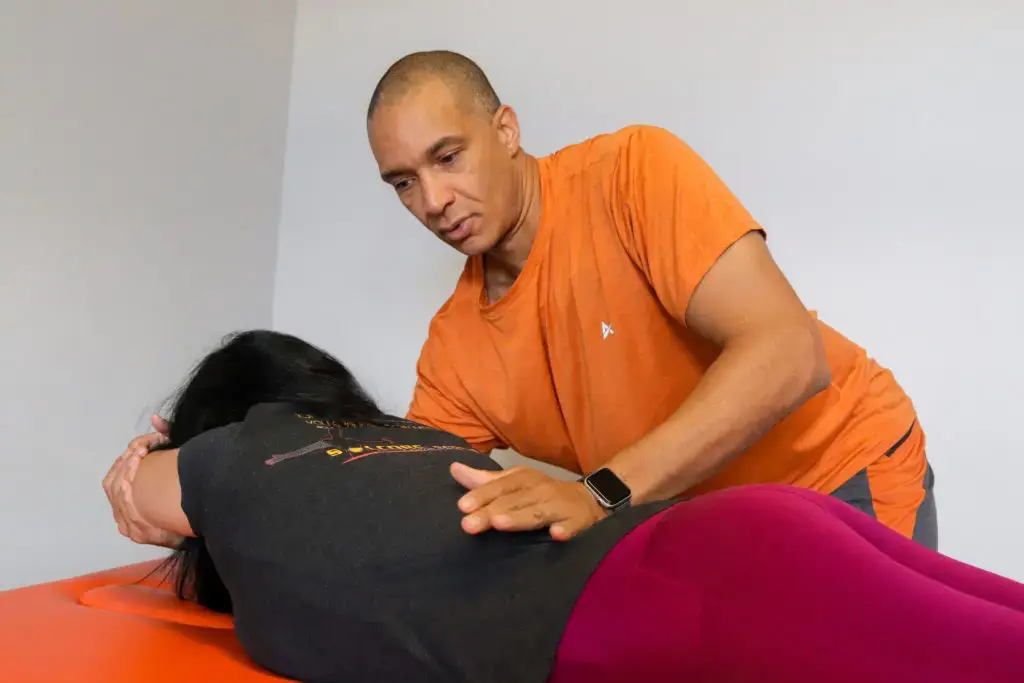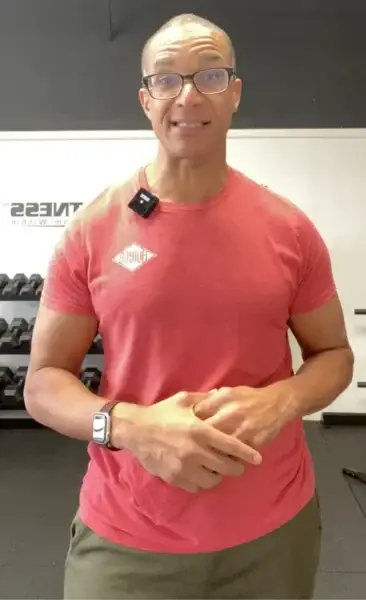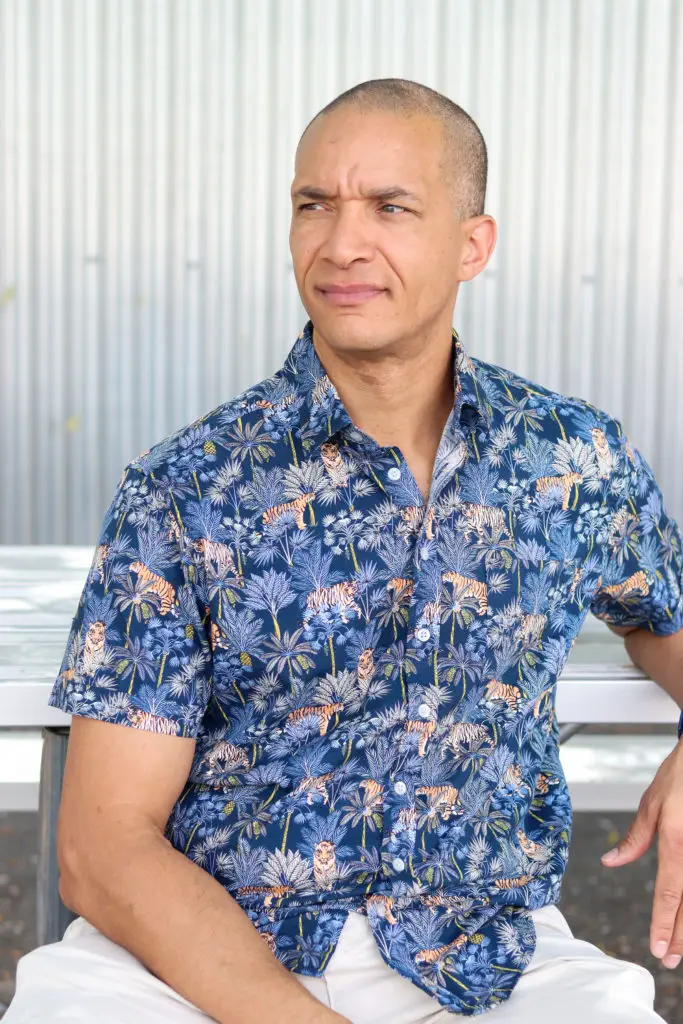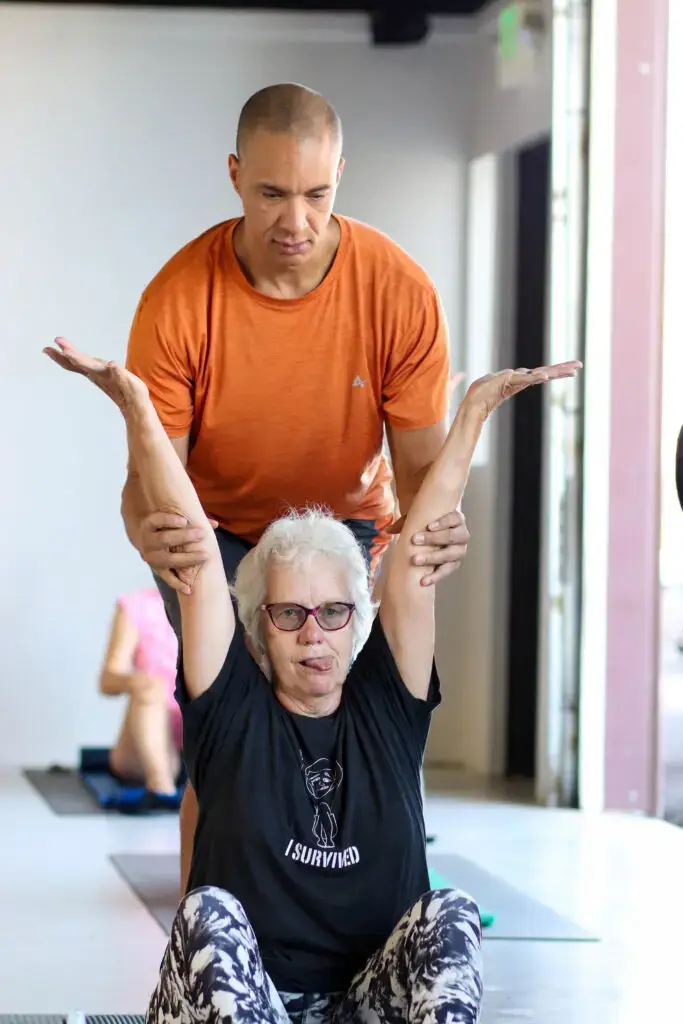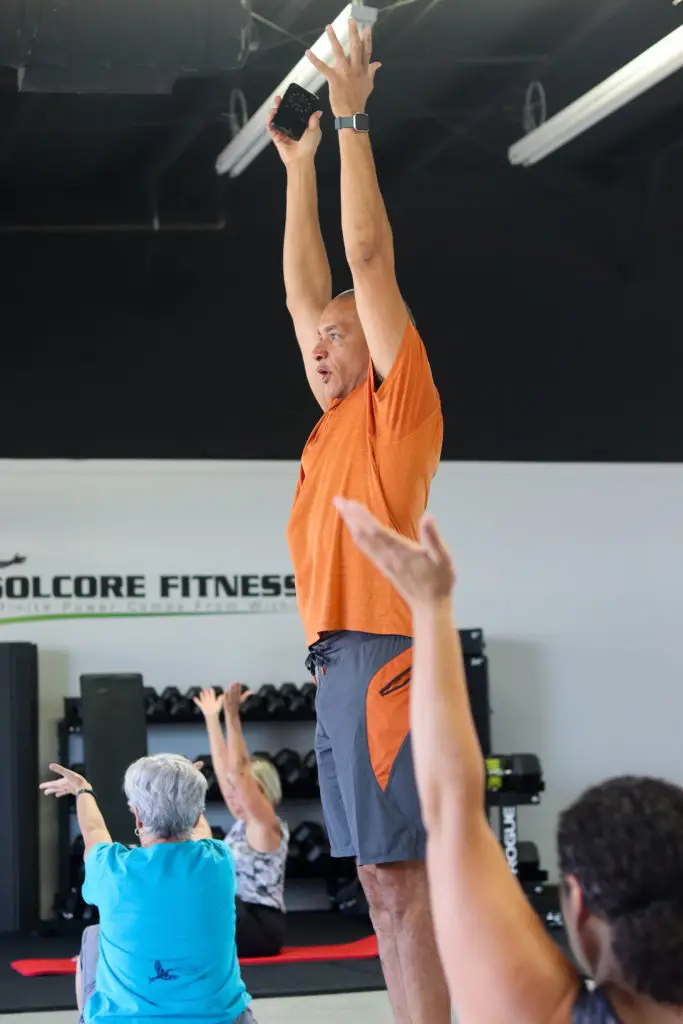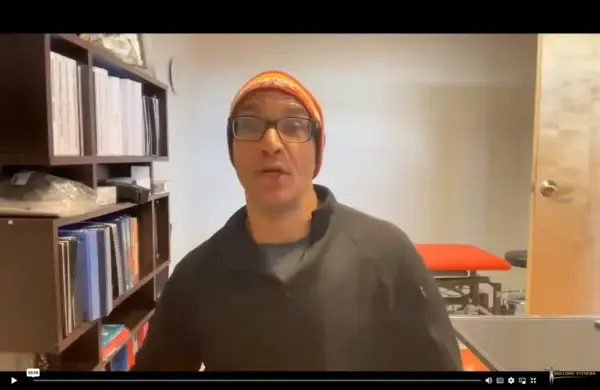
Let’s start with a simple image
Imagine holding a brand-new piece of string between your hands. It’s straight, supple, and strong. You can bend it, twist it, or return it to its line without much effort.
That’s your body when it’s young, or when it’s well-maintained a coordinated, elastic system where every part knows its role and communicates smoothly with the rest.
Your string is more than muscle and bone. It’s your fascia — the continuous web of connective tissue that envelopes and links everything in your body from head to toe. When fascia is healthy, it’s hydrated, organized, and able to transmit force efficiently; when it’s not, it can develop adhesions, thickening, and misalignments, which alter both movement and posture.
Fascia: The Science Behind the String
- Structure: Fascia is made of collagen fibers arranged in specific directions for strength and flexibility.
- Function: It provides tension integrity (tensegrity) — meaning it stabilizes by balancing tension across the entire body, like a suspension bridge.
- Connection: It’s loaded with mechanoreceptors and proprioceptors, making it a key player in balance and body awareness.
- Continuity: Lines of fascia run head-to-toe (Thomas Myers calls them “Anatomy Trains”), so restrictions in one spot cause compensations elsewhere — just like a kink pulled into a string.
What Happens as the String Ages and Kinks
When you’re young, movements are varied and often self‑correcting. Play, running, climbing, and falling all challenge the fascial system in dynamic ways. Your string may collect tiny kinks, but they’re smoothed out by the sheer variety of movement.
But as sports become more specialized — or life becomes more sedentary — those kinks start to persist.
Stage 1: The First Kinks
- You might notice a tight hamstring after soccer or stiffness in your upper back from studying.
- Fascia begins to remodel in response to repeated load patterns — sometimes helpful, sometimes harmful.
- At this stage, you might not feel pain, but function is already slightly reduced.
Stage 2: Layering the Knots
- Early adulthood often comes with desk work, repetitive sports, or both.
- Fascia responds to repetitive strain or underuse by laying down collagen in a denser, less elastic pattern (adhesions).
- You feel “tight” in certain positions and start losing full range of motion.
- Because fascia’s connected, a restriction in the hip might subtly twist your spine or pull on your shoulder girdle.
Biomechanical note:
When a fascial line is shortened on one side, the opposing tissues must lengthen beyond their optimal resting length, leading to instability and increased injury risk.
Stage 3: Compensations and Pain
- You notice knee pain when running, shoulder discomfort when lifting, or low back ache after sitting.
- Cortisone injections, foam rolling, or generic stretching may bring temporary relief — but here’s the key:
They don’t correct the cause because they don’t specifically address the precise fascial imbalances. - Compensation patterns become “normalized” in your nervous system — your brain begins to think this twisted alignment is neutral.
Stage 4: Restrictive Pattern Lock
- Over months and years, adhesions form stronger structural holds in the fascial web.
- Movement variety is reduced; your string has hardened into a loop of knots.
- The cost? Increased joint compression, inhibited muscle activation, inefficient energy transfer — and often chronic pain.
Research tie-in: Studies show that fascial stiffness can alter proprioception, leading to worse movement patterns, which further perpetuate dysfunction (Stecco et al., 2014).
Why Corrective Exercise Is the “Reset” for Your String
Here’s the truth from both anecdotal experience and fascia science:
Once these changes set in, they won’t resolve just by “moving more” or doing random workouts. In fact, continuing high repetition of the same activities (running, skiing, cycling) without offsetting the imbalance often accelerates fascial distortion.
Corrective exercises are specifically designed to:
- Identify areas of tension and adhesion in the fascial lines.
- Use precise myofascial stretching to restore glide between tissue layers.
- Retrain postural chains so the kinks are released gradually and permanently.
- Create muscular balance so joints are properly aligned before loading.
This isn’t guesswork it’s based on osteopathic principles, biomechanics, and fascia research.
A Practical Example: Skiing and Running
Both skiing and running load specific fascial meridians heavily think quadriceps, calves, iliotibial band, and deep lumbar lines.
Without counterbalancing these loads:
- Fascia shortens in the loaded lines.
- Opposite or stabilizing lines weaken.
- The pelvis and spine compensate by twisting or tilting — producing chain‑reaction issues.
Reverse it:
If I ski or run, I immediately follow with targeted stretches for the exact chains most taxed by those activities. This intentional reset returns my posture as close to “straight string” as possible before the next session.
Timing Is Everything
Your window for easiest correction is during or shortly after periods of frequent use or activity — before adhesions fully set.
Wait until discomfort is chronic, and you enter the harder phases of unwinding years of fascial remodeling.
The String Analogy in Science Terms
- A cord with evenly distributed tension = balanced fascial tension and joint alignment.
- A kink = localized fascial tightening restricting range of motion and altering force vectors.
- Multiple knots = combined fascial densification across chains, limiting movement and increasing joint wear.
- Straightening the string = restoring fascial glide, balanced tension, and proper proprioceptive input so muscles fire in correct sequence.
Being Proactive vs Reactive
Most people wait until pain appears to act reactive care. But fascial dysfunction begins long before pain signals breach your awareness threshold.
Proactive care:
- Keeps small kinks from becoming knots.
- Maintains full range in all fascial lines, preventing joint degeneration.
- Optimizes neuromuscular pathways for better performance and less injury risk.
Final Thought
Your body is always adapting. The question is whether it’s adapting into a better, straighter, more functional “string,” or into a knotted, stiff, dysfunctional one.
The time to correct is not after you’ve stopped moving. It’s while you’re still active, so you can keep doing what you love without sacrificing long-term mobility and health.
If you want to ski longer without knee pain, run without chronic hip tightness, or simply keep your posture and flexibility for daily life, that starts with a plan built on corrective exercise and fascia care.
That’s exactly what we do inside the [HOLISTIC EXERCISE AND FITNESS PROGRAM] a system that continuously assesses your “string,” unwinds the kinks, and reinforces balance so it stays straight under load. You bring the activity you love; we keep your body able to do it for decades more.
It’s not just working out, it’s building a foundation for a better life.
Find out more @

